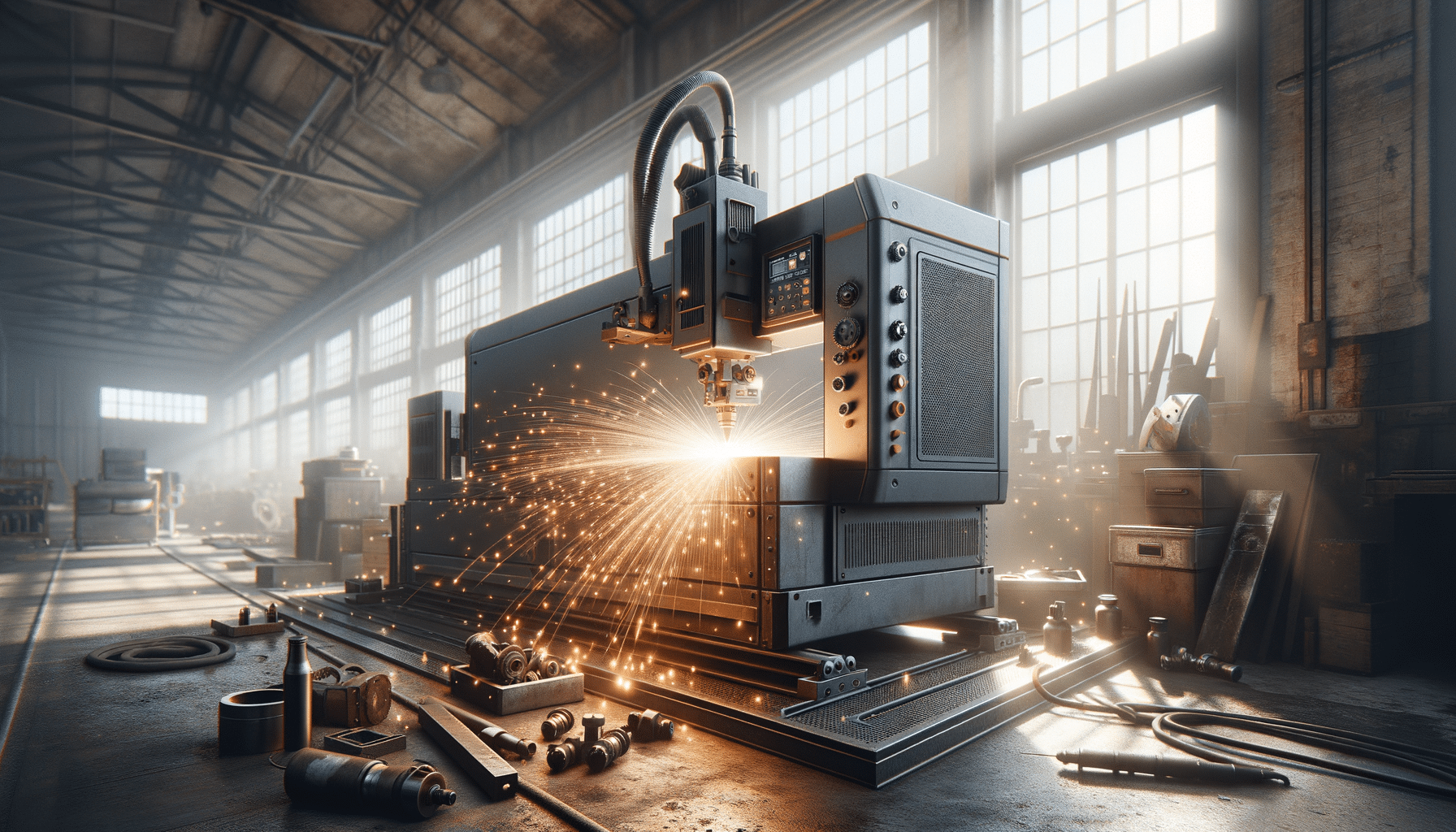
Choosing the Right Rims for Modern Car Design
Introduction to Aluminum Rims
Aluminum rims have become a staple in the automotive industry, known for their lightweight and stylish designs. Their popularity has surged as car enthusiasts and manufacturers alike recognize the benefits they offer over traditional steel rims. Aluminum rims not only enhance the aesthetic appeal of a vehicle but also contribute to its performance and efficiency. In this section, we will explore the rise of aluminum rims and their significance in modern car design.
One of the primary reasons aluminum rims are favored is their lightweight nature. This characteristic significantly reduces the unsprung weight of a vehicle, leading to improved fuel efficiency and handling. With the automotive industry focusing more on sustainability and performance, aluminum rims align perfectly with these goals. Moreover, they offer a sleek and modern look that complements contemporary car designs, making them a popular choice for both manufacturers and consumers.
In addition to their lightweight properties, aluminum rims are also known for their durability. They are resistant to rust and corrosion, which means they maintain their appearance and structural integrity over time. This durability is particularly important for those who live in regions with harsh weather conditions or salty roads, where rims are more susceptible to damage. The combination of aesthetic appeal, performance enhancement, and durability makes aluminum rims a compelling option for modern vehicles.
Benefits of Aluminum Rims
The advantages of aluminum rims extend beyond their lightweight and stylish appearance. One of the key benefits is the improved performance they offer. By reducing the overall weight of the vehicle, aluminum rims enhance acceleration, braking, and cornering capabilities. This is particularly beneficial for sports cars and high-performance vehicles, where every ounce of weight can impact performance.
Aluminum rims also contribute to better fuel efficiency. With less weight to move, the engine does not have to work as hard, resulting in lower fuel consumption. This is an important consideration for eco-conscious drivers looking to reduce their carbon footprint. In addition to performance and efficiency, aluminum rims provide a smoother ride quality. The reduced unsprung weight allows the suspension system to work more effectively, absorbing bumps and vibrations more efficiently.
Another notable benefit of aluminum rims is their heat dissipation properties. Aluminum conducts heat better than steel, which helps keep the brakes cooler during heavy use. This is especially important for vehicles that engage in frequent stopping and starting, such as city driving or racing. The ability to dissipate heat effectively reduces the risk of brake fade and prolongs the life of the braking system.
Design and Customization Options
One of the most appealing aspects of aluminum rims is the wide range of design and customization options available. Car enthusiasts can choose from various styles, finishes, and sizes to suit their preferences and vehicle aesthetics. Whether you prefer a classic look or a more aggressive design, there is an aluminum rim to match your taste.
Aluminum rims come in a variety of finishes, including polished, painted, and machined. Each finish offers a distinct look, allowing drivers to personalize their vehicles further. Polished rims provide a shiny and reflective surface, while painted rims offer a more subdued appearance with a wide range of color options. Machined rims feature intricate patterns and designs, adding a touch of sophistication to any car.
In addition to finishes, aluminum rims are available in numerous sizes and spoke designs. From sleek and simple to bold and intricate, the options are virtually limitless. This level of customization ensures that drivers can find the perfect rims that not only enhance the appearance of their vehicles but also reflect their unique personality and style.
- Polished, painted, and machined finishes
- Variety of sizes and spoke designs
- Endless customization possibilities
Comparing Aluminum Rims to Other Materials
When considering rims for a vehicle, it’s essential to compare aluminum rims to other materials, such as steel and alloy. Each material has its pros and cons, and understanding these differences can help make an informed decision.
Steel rims are known for their strength and affordability. They are typically used in entry-level and economy vehicles due to their cost-effectiveness. However, steel rims are heavier than aluminum, which can negatively impact performance and fuel efficiency. They are also more prone to rust and corrosion, requiring more maintenance to keep them looking their best.
Alloy rims, often made from a combination of aluminum and other metals, offer a balance between strength and weight. They provide some of the benefits of aluminum rims, such as improved performance and aesthetics, but at a higher cost. Alloy rims are popular in mid-range and luxury vehicles, where performance and style are equally important.
In comparison, aluminum rims offer a unique combination of lightweight, durability, and customization options. They are suitable for a wide range of vehicles, from economy cars to high-performance sports cars. While they may be more expensive than steel rims, the benefits they offer in terms of performance, efficiency, and aesthetics make them a worthwhile investment for many drivers.
Maintenance and Care for Aluminum Rims
To ensure the longevity and appearance of aluminum rims, proper maintenance and care are essential. While aluminum rims are more resistant to rust and corrosion than steel, they still require regular cleaning and inspection.
One of the simplest ways to maintain aluminum rims is by regularly cleaning them to remove dirt, brake dust, and road grime. Using a gentle cleaner specifically designed for aluminum rims will help preserve their finish and prevent damage. It’s important to avoid harsh chemicals or abrasive tools that could scratch or dull the surface.
In addition to cleaning, inspecting the rims for damage is crucial. Look for any signs of cracks, bends, or dents, as these can compromise the structural integrity of the rims. If any damage is found, it’s important to address it promptly to prevent further issues.
Proper tire pressure is also essential for maintaining aluminum rims. Under-inflated tires can put additional stress on the rims, leading to potential damage. Regularly checking and adjusting tire pressure can help ensure the rims remain in optimal condition.
- Regular cleaning with gentle cleaners
- Inspect for cracks, bends, or dents
- Maintain proper tire pressure


